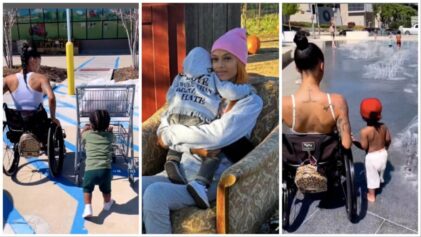Once your child has weathered a few colds or the flu in his infant years, his body will be better prepared to handle it again. You can still help prevent your child from catching a cold or the flu by teaching her to wash her hands and keeping germ hotspots clean, boosting your child’s immune system by encouraging her eat well, stay active and get enough sleep, and have her vaccinated against the seasonal flu.
If your child does catch a cold or the seasonal flu, there are not many medicinal options for treatment. If your child is over the age of 6, she can take an over-the-counter decongestant to alleviate symptoms, but talk to your pediatrician about which decongestant is best for your child. If your child has the seasonal flu, you can also discuss antiviral medication options with your pediatrician. If medication is not an option, you can try these alternative treatments to make her feel comfortable until it passes:
If your child does have a cold or the flu, there’s not much you can do except try alternative treatments to make her feel comfortable until it passes.
- To loosen mucus, have your child sit in a steaming bathroom, keep a steam vaporizer or cool-mist humidifier on in his room, and keep plenty of tissues on hand for nose-blowing.
- For a cough or sore throat, honey (half a teaspoon for ages 2 to 5, 1 teaspoon for ages 6 to 11 and 2 teaspoons for ages 12 and up) can be soothing, as can cold fruit smoothies, ice pops, or a warm bowl of chicken soup. A mentholated vapor chest rub, such as Vick’s, can also help kids 2 and up.
- If your child has a fever of 103ºF or high, call the pediatrician. For a mild fever, a tepid bath and dressing in light layers can offer relief.
For diarrhea and vomiting, be sure to offer rehydrating drinks like Pedialyte or Gatorade, and small portions of bland foods


